Because of the warm temperatures and humidity, bathrooms can serve as a breeding ground for microscopic bugs. In addition to being unattractive, these insects—whether they be ants, fruit flies, drain flies, or even mites—can also be harmful to your health. It's critical to take immediate action to get rid of these microscopic organisms and stop more infestations if you've found them in your bathroom. Here's how to eradicate the insects from your bathroom.
Other Topics You Might Like
Helpful Products You Might Like
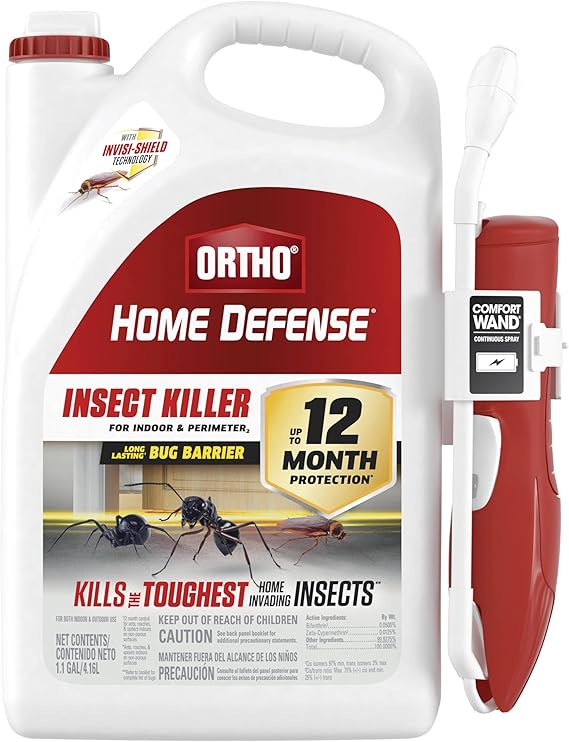
Ortho Home Defense Insect Killer for Indoor & Perimeter
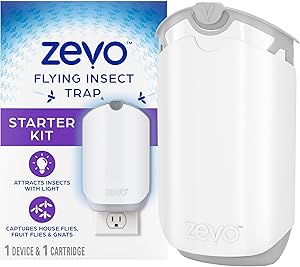
Zevo Flying Insect Trap Starter Kit

ZAP IT Electric Fly Swatter Racket With Handheld Bug Zapper
"(Paid Links)" 
Identify the Bugs
Before you start treatment, it’s essential to identify the type of bug you’re dealing with, as each requires a different approach.
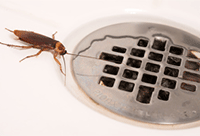
Drain Flies (Moth Flies)
These small, moth-like flies often breed in the damp, organic matter found in sink or shower drains.
Fruit Flies
They’re attracted to decaying organic matter and can easily find their way into the bathroom if there’s a food source.
Ants
Ants can appear in the bathroom searching for food or water. They often enter through tiny cracks or under the door.
Dust Mites
These tiny, almost invisible bugs thrive in humid environments and are a common bathroom pest, especially in towels and shower curtains.
Spiders
While not technically insects, spiders often show up in bathrooms to hunt other pests. They prefer damp, dark corners.
Step 2
Clean the Bathroom Thoroughly
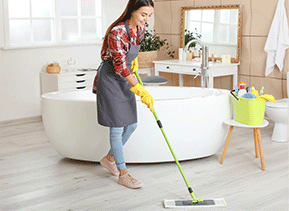
The first and most important step in getting rid of bugs is to clean your bathroom meticulously. Remove any sources of food, dirt, or organic matter that might be attracting pests. Focus on:
Drains
Clean all your drains with a brush and a mixture of vinegar and baking soda to remove any organic buildup where drain flies may breed.
Tiles and Grout
Scrub the grout and tiles with a bathroom cleaner to remove soap scum, mold, or mildew, which can attract pests.
Shower Curtains and Linens
Wash any towels, bath mats, and shower curtains that could harbor dust mites or mold.
Corners and Hidden Areas
Wipe down corners, behind the toilet, and under sinks where dust or water could have accumulated.
Step 3
Remove Moisture
Moisture is a primary attractant for many types of bugs, especially drain flies and mites. Reducing the humidity in your bathroom will help make the environment less inviting for pests.
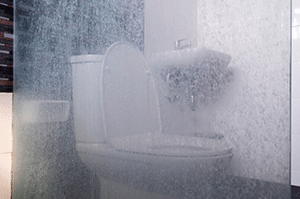
Ventilation
Use an exhaust fan to reduce moisture in the bathroom. Leave the fan running after you shower, and consider installing a dehumidifier if your bathroom lacks proper airflow.
Towels and Mats
Avoid leaving damp towels or bath mats in the bathroom, as they can attract pests.
Fix Leaks
Repair any leaks around pipes or faucets that may create puddles or damp spots where bugs could thrive.
Step 4
Use Natural or Chemical Treatments
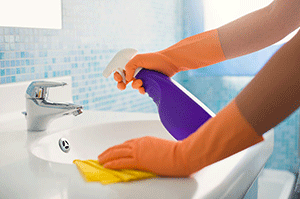
Once the bathroom is clean and dry, you can use treatments to target the pests directly.
For Drain Flies
Pour a mixture of boiling water and a cup of vinegar down the drains to kill larvae and eggs. You can also use a drain gel treatment designed for flies.
For Ants
Use a mixture of equal parts water and vinegar in a spray bottle and apply it to areas where ants are entering. You can also place ant bait traps near the entry points.
For Fruit Flies
Place a vinegar trap in the bathroom using a jar filled with apple cider vinegar and a few drops of dish soap to lure and trap the flies.
For Dust Mites
Regularly wash bathroom linens in hot water, and consider using anti-dust mite sprays on towels or shower curtains.
For Spiders
Seal cracks and crevices with caulk to prevent entry. You can also use essential oils like peppermint or citrus, which are natural spider repellents.
Step 5
Prevent Future Infestations
Once the bugs are gone, the next step is to keep them from coming back. Here are a few ongoing prevention strategies:
Regular Cleaning
Make cleaning your bathroom a habit, including cleaning drains and linens.
Sealing Entry Points
Seal any cracks, gaps, or spaces around windows, doors, and pipes where pests could enter.
Dehumidifiers
Consider using a dehumidifier to keep the air in your bathroom dry, making it less attractive to bugs.
Conclusion
Tiny bugs in the bathroom can be a frustrating issue, but with a thorough cleaning routine and some preventative measures, you can banish them for good. The best strategies to keep your bathroom bug-free are identifying the type of pest, removing moisture, using natural or chemical treatments, and maintaining a clean, dry environment. Regular upkeep will ensure that your bathroom remains a comfortable, pest-free zone.
